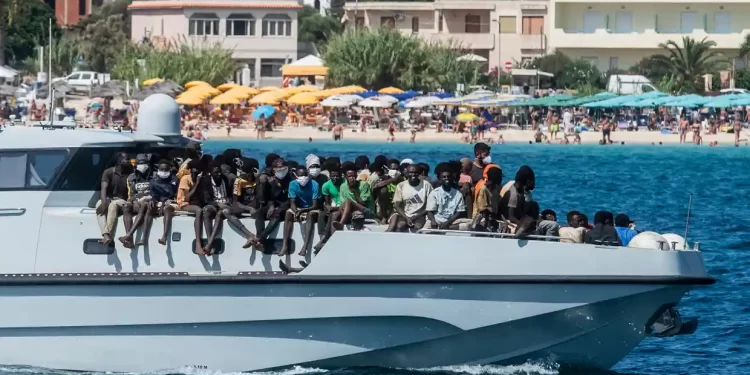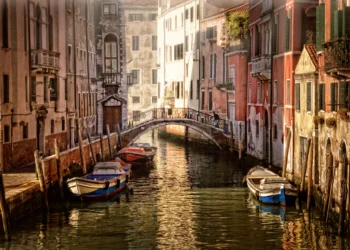Considering the issue of migration, the Council of the European Union finally found a compromise during the October 4 meeting in Brussels. The German Chancellor, Olaf Scholz, described it as a “historical turn”.
After about ten years of unsuccessful tries, the ambassadors from European countries agreed on a key text that could lead to a larger and final agreement.
The pact mainly reacts to the 2015-2016 refugee crisis by providing a European response in case of a massive influx of refugees entering a European country. This decision also follows the recent state of emergency declared in Lampedusa, Italy, after the arrival, within just a few days, of 12,000 migrants on September 15.
The text provides the introduction of a less protective regime for asylum seekers. It also extends the length of time a migrant can be detained at the EU’s external borders, up to 40 weeks, and enables asylum applications to be examined more quickly for a greater number of exiles, so that they can be returned more easily.
Furthermore, the EU seeks to create mechanisms of solidarity towards the member states facing such an influx. This implies welcoming migrants – what Ursula von der Leyen, President of the European Commission has called to do during the Italian’s events – but also financial support.
This agreement, however, has come up against German’s objections for humanitarian reasons during the last months. The European Parliament decided to stop some negotiations about reinforcing the security at the external borders to get to this pact.
A pact that does not please everyone
Still, this pact does not have everyone in agreement. Hungary and Poland voted against it, remaining firmly opposed to welcoming anyone from the Middle East and Africa, while Slovakia, the Czech Republic and Austria abstained.
However, it does not mean that these countries are not concerned by the migratory crisis, having themselves just tightened border controls during recent days.
“This is a necessary measure to effectively combat smuggling groups and illegal immigration,” said Czech Interior Minister Vit Rakusan.
Ludovit Odor, Slovak Prime Minister in the outgoing government, announced that “When a country starts to monitor its border more closely, it has cascading effects, we’ll all pay the price, and the outcome will be very uncertain.”
Tunisia also keeps rejecting the EU’s propositions in terms of migration. “Tunisia […] does not accept charity or handouts. Our country and our people do not want sympathy, but demand respect,”, declared Kaïs Saïed, President of Tunisia, on October 2, right before the pact was agreed on.
What does it mean for Georgia?
A lot of Georgians live in Europe. In 2020, the number of Georgian migrants living in Germany was estimated at 27,315, making Germany the first most important destination country for Georgian education migrants (National Statistics Office of Georgia), while in 2021, access for unskilled workers was improved in Germany by allowing Georgian citizens to find legal employment in its agriculture sector.
Families left behind in Georgia often rely on financial support from their relatives abroad. It is an important source of revenue for Georgia.
Therefore, migration affects not only Georgia’s demographic development, but also its economic position and social structure.
This pact could therefore be impactful for Georgia. Since Georgia, along with Moldova, was planned to be consider as a ‘safe country’ by Germany in the end of August, rejecting asylum-seekers was already set to become easier.
As yet, the effects this pact will have are ambiguous and unknown, and the coming months will be crucial in understanding this new migration era
By Léa Montagne














